Building powerful legs is a priority for many lifters, and the leg press machine remains a cornerstone of lower body training. However, not all leg press machines are created equal. Understanding the different types of leg press machines is crucial for selecting the right one for your fitness goals, space, and experience level. Let's break down the main options.
Main Types of Leg Press Machines
45-Degree Leg Press
The 45-degree leg press, also known as an angled or sled leg press, is arguably the most common. In this setup, you sit at a reclined angle (typically 45 degrees) and push a weighted sled upward on rails. This machine allows heavy loading and provides excellent stability for controlled, high-resistance training. It's a popular choice in both commercial gyms and home setups.
Horizontal Leg Press
The horizontal leg press involves sitting upright and pushing the weight horizontally away from the body. It places slightly less strain on the lower back compared to the 45-degree variation, making it a great option for beginners, rehabilitation settings, or anyone focusing on controlled strength building.
Vertical Leg Press
In the vertical leg press, you lie flat on your back and push the weight directly upward. This type of leg press machine offers a compact footprint and provides an intense load on the quads and glutes. However, it requires careful form to protect the lower back and knees.
Different Leg Press Machine Designs
Within these main categories, different leg press machines may vary by footprint, adjustability, and load capacity. Some models, like the 480 lb-capacity machines, are designed for serious strength training and allow users to progressively overload with heavier weights.
There are also innovative designs that blend types—some machines offer adjustable angles, allowing users to shift between a 45-degree and a more horizontal setting. These hybrid models increase versatility for gyms or home users who want multiple training options from a single machine.
Common Leg Press Machine Names
You might encounter various leg press machine names depending on the brand and design features, such as:
-
45° Sled Leg Press
-
Seated Horizontal Leg Press
-
Vertical Leg Press
-
Iso-Lateral Leg Press (independent leg movement)
-
Cable Leg Press Station (part of multi-gyms)
Each name hints at the movement pattern or loading style, helping you identify the right equipment for your needs.
Difference Between Leg Press Machines
The main difference between leg press machines lies in the angle of resistance, the degree of back support, and the muscle emphasis. For example:
-
45-degree leg presses emphasize overall leg strength and allow for heavier weights.
-
Horizontal leg presses offer a more back-friendly, beginner-friendly path to building strength.
-
Vertical leg presses intensify quad engagement but require careful spinal alignment.
Foot placement and machine design also impact muscle recruitment. A higher foot position generally targets the glutes and hamstrings more, while a lower position isolates the quads.
Choosing the Right Leg Press Machine
When comparing different kinds of leg press machines, think about your goals:
-
For maximum strength: A heavy-duty 45-degree sled press (like a 480 lb capacity model) is ideal.
-
For beginners or rehabilitation: A seated horizontal press offers safety and control.
-
For compact spaces: A vertical leg press saves floor space but demands perfect form.
Always prioritize machines with adjustable features, solid back support, and smooth movement tracks to ensure safe and effective workouts.
Conclusion
There are many types of leg press machines, each offering unique benefits depending on the user's needs. Whether you're aiming for massive strength gains, rebuilding strength after injury, or adding variety to your training, understanding the differences between leg press machines will help you make a confident, informed choice. Invest in the right machine, and your lower body strength will reach new heights.


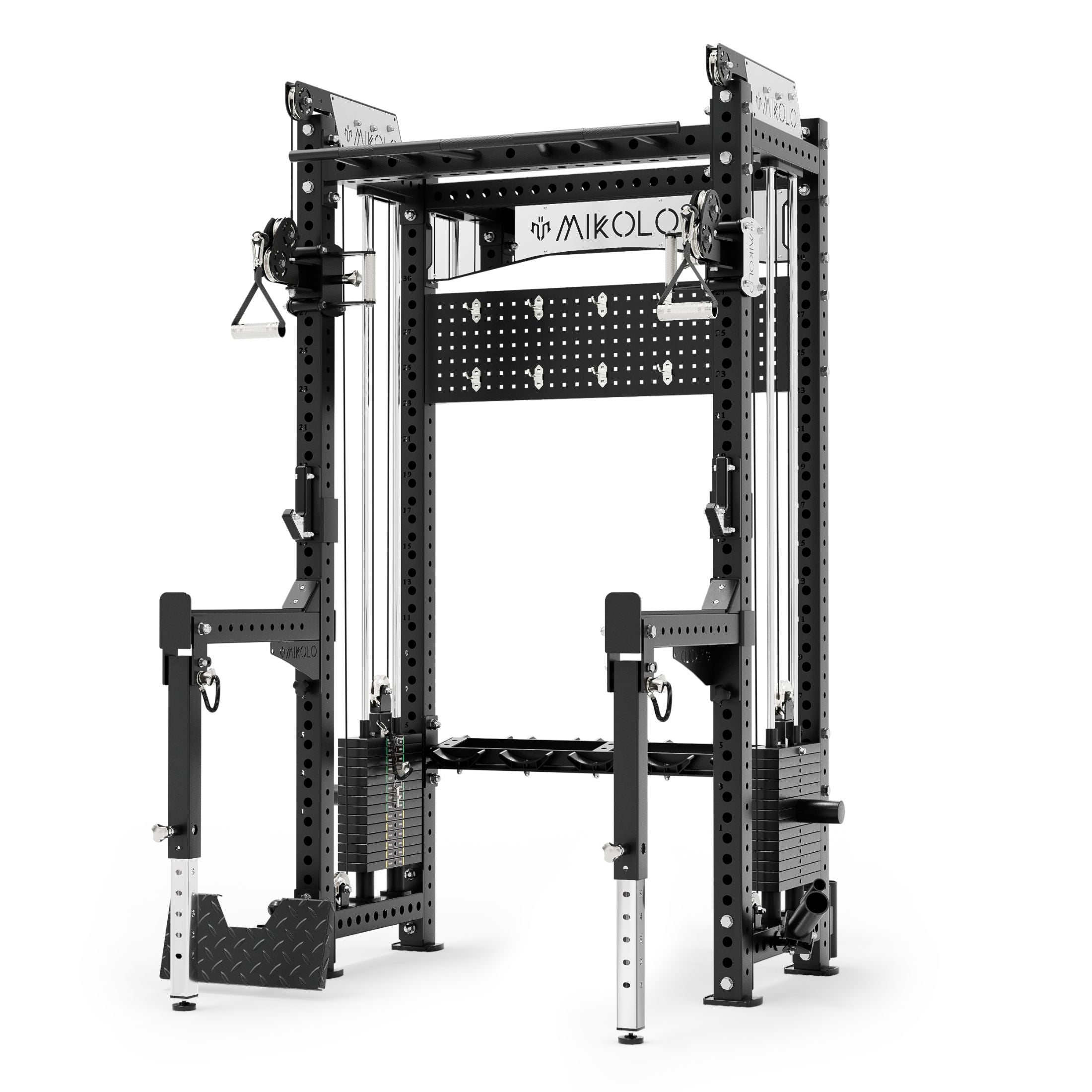
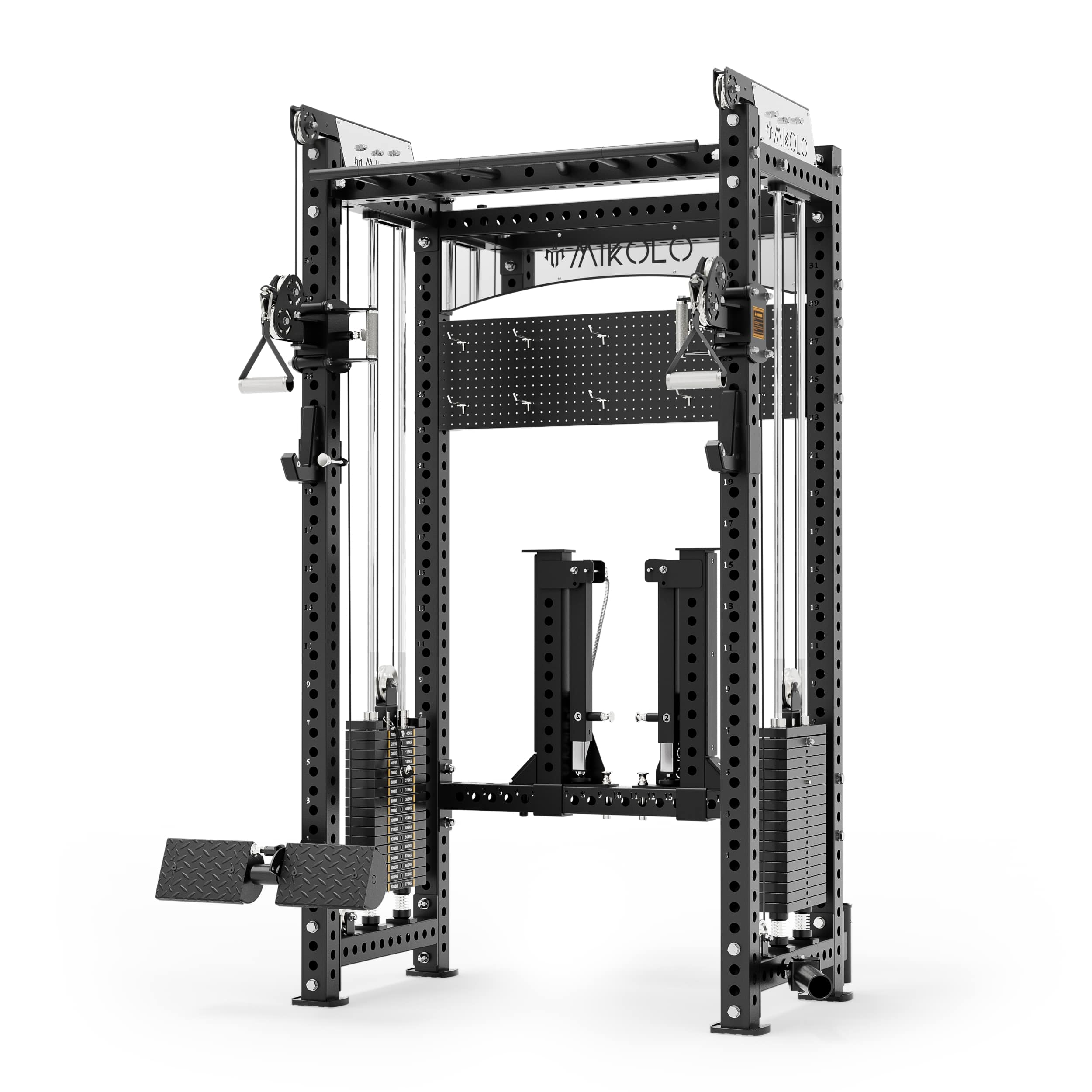
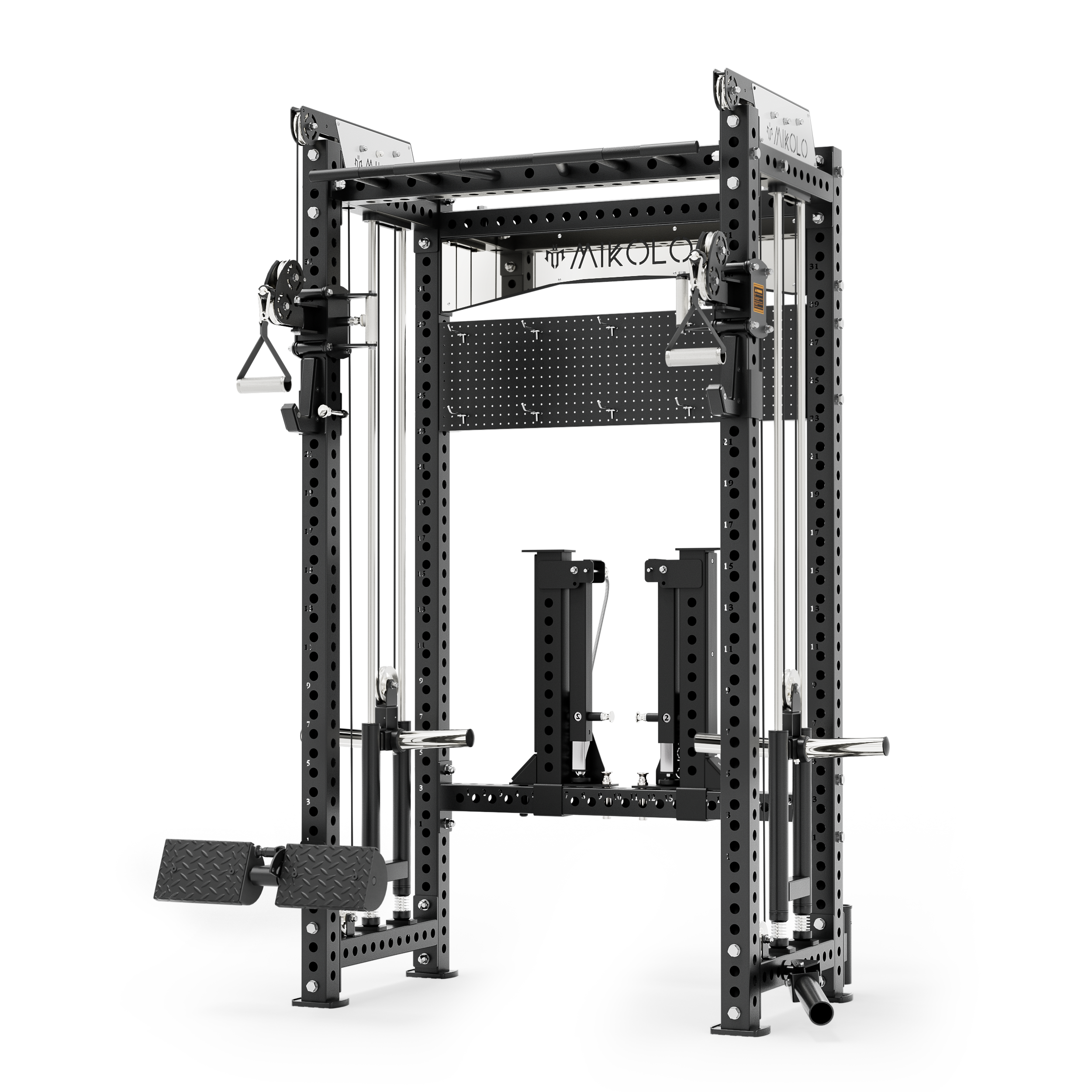


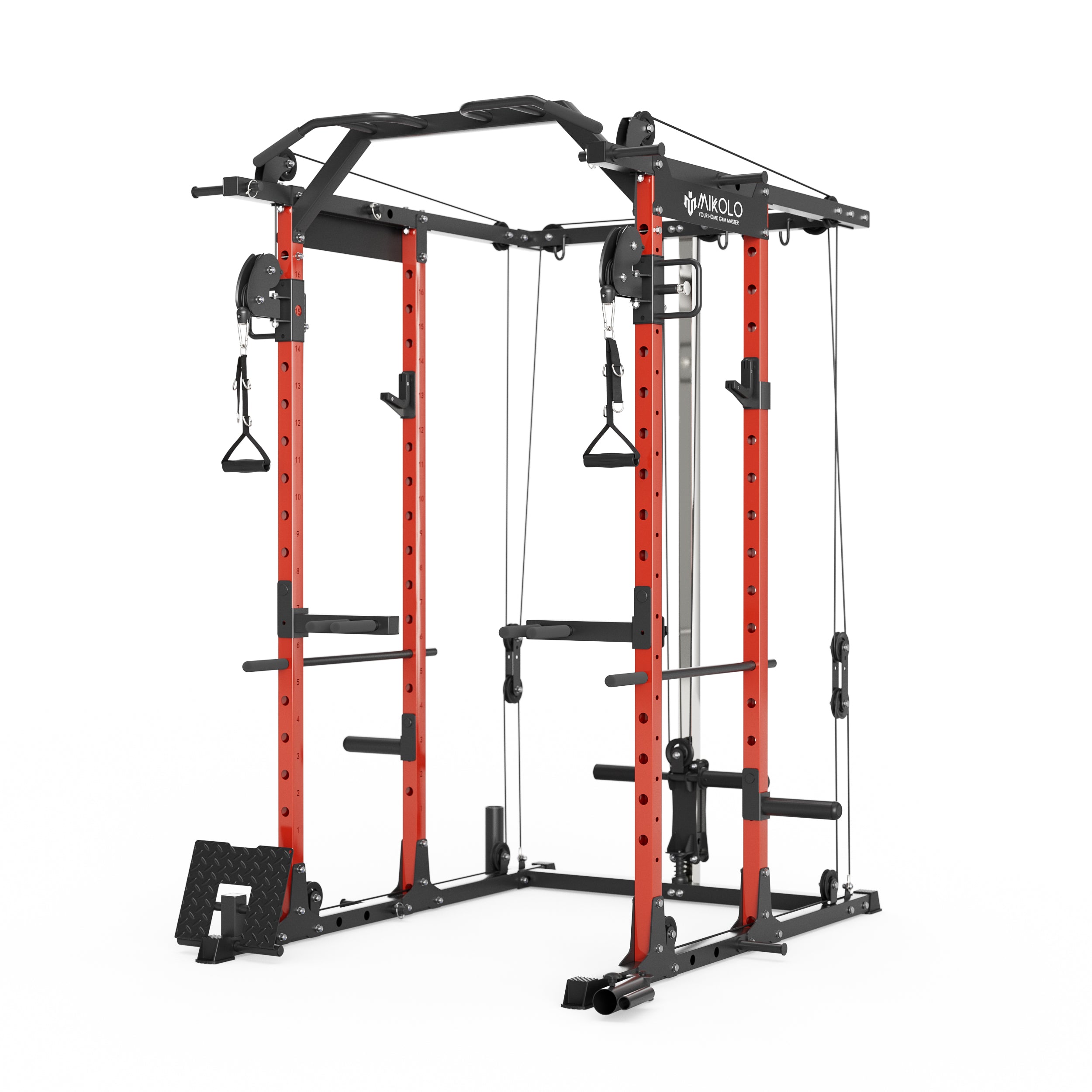
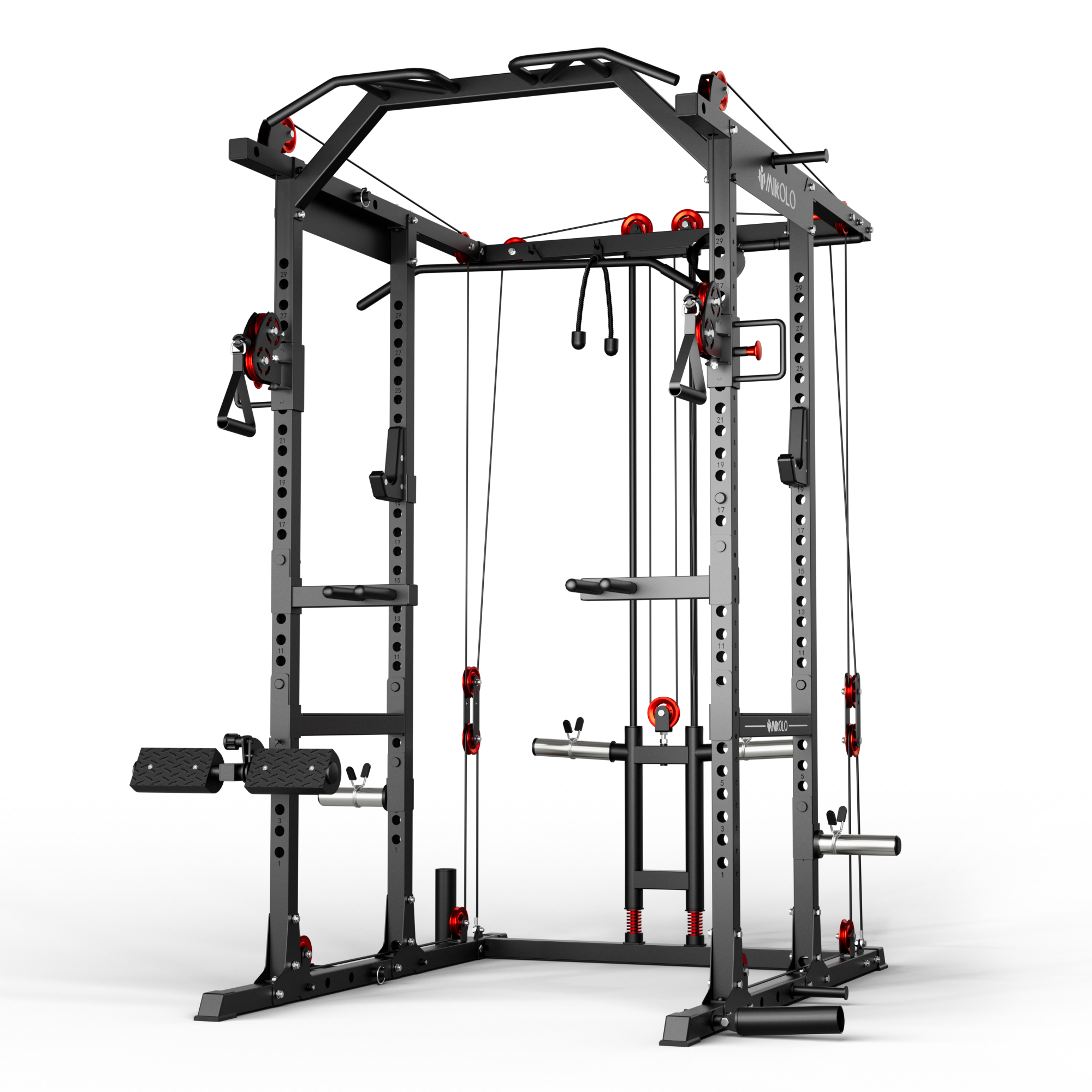

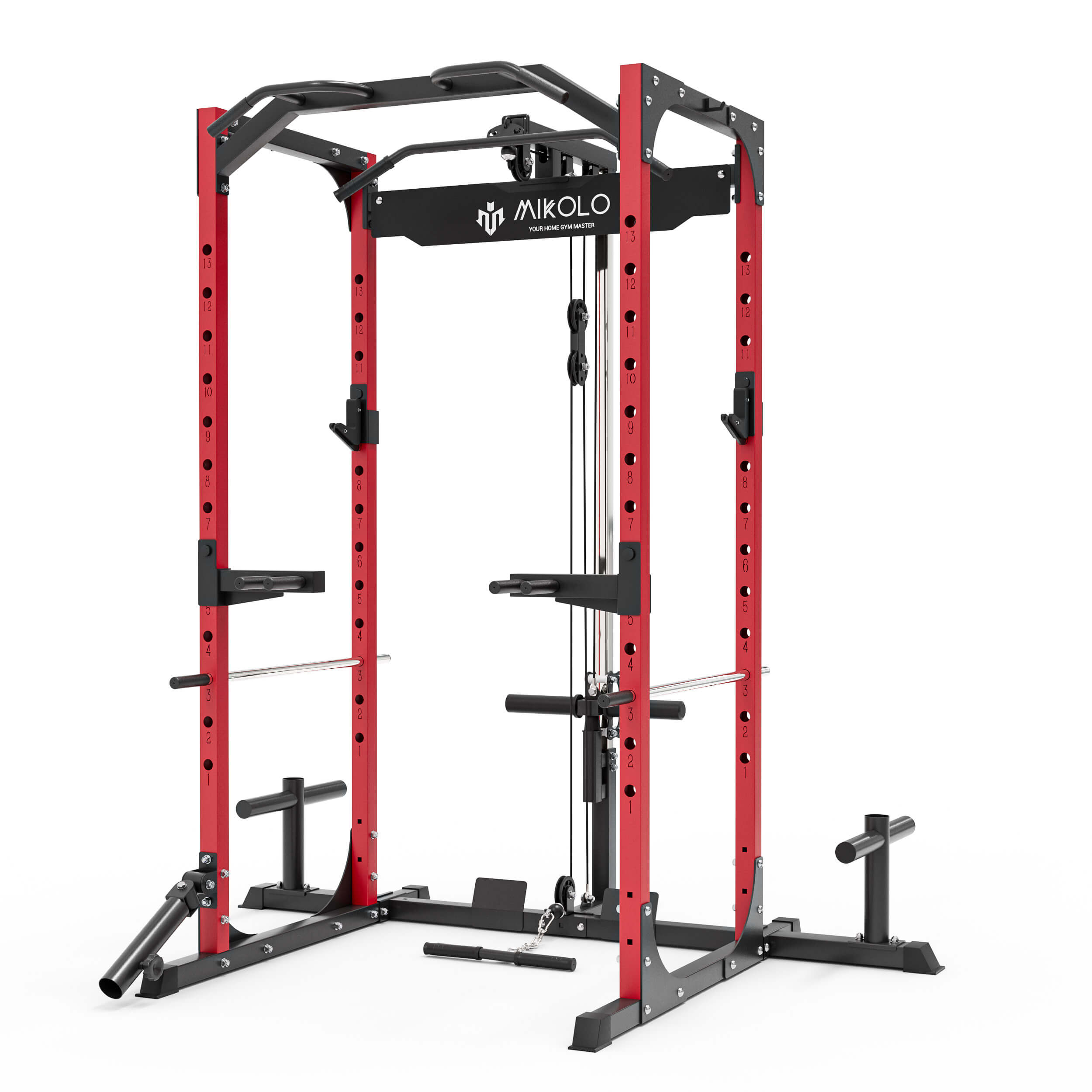

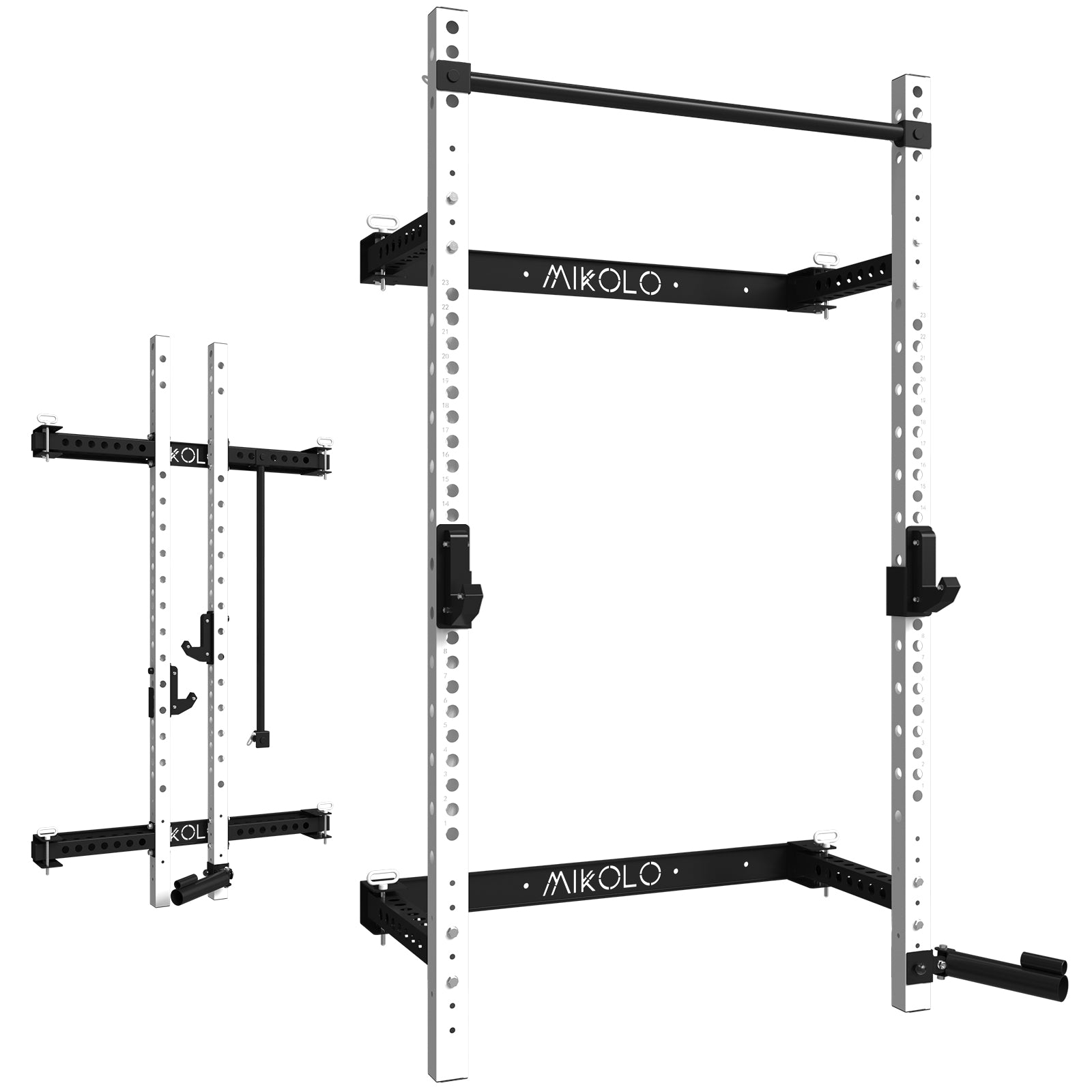

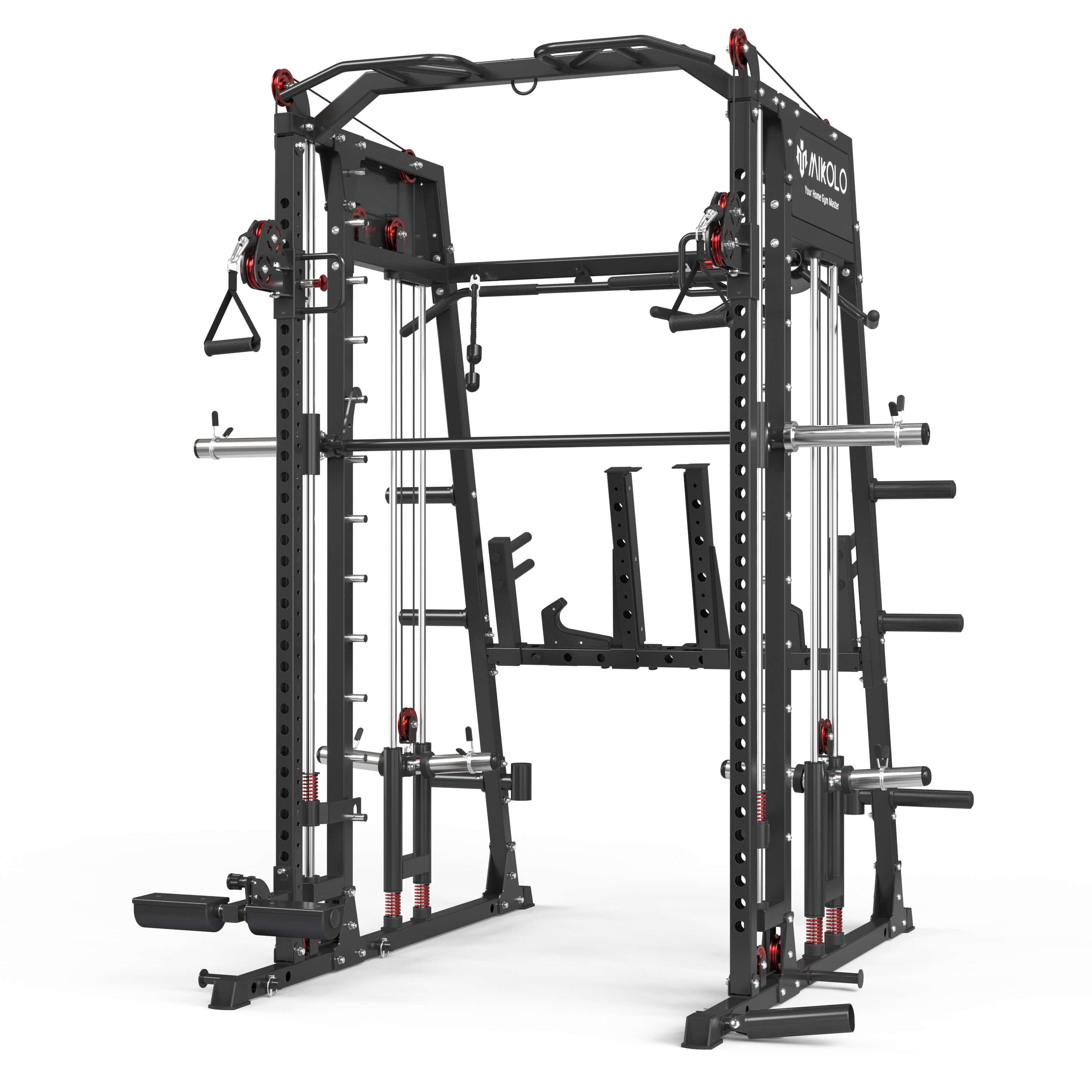
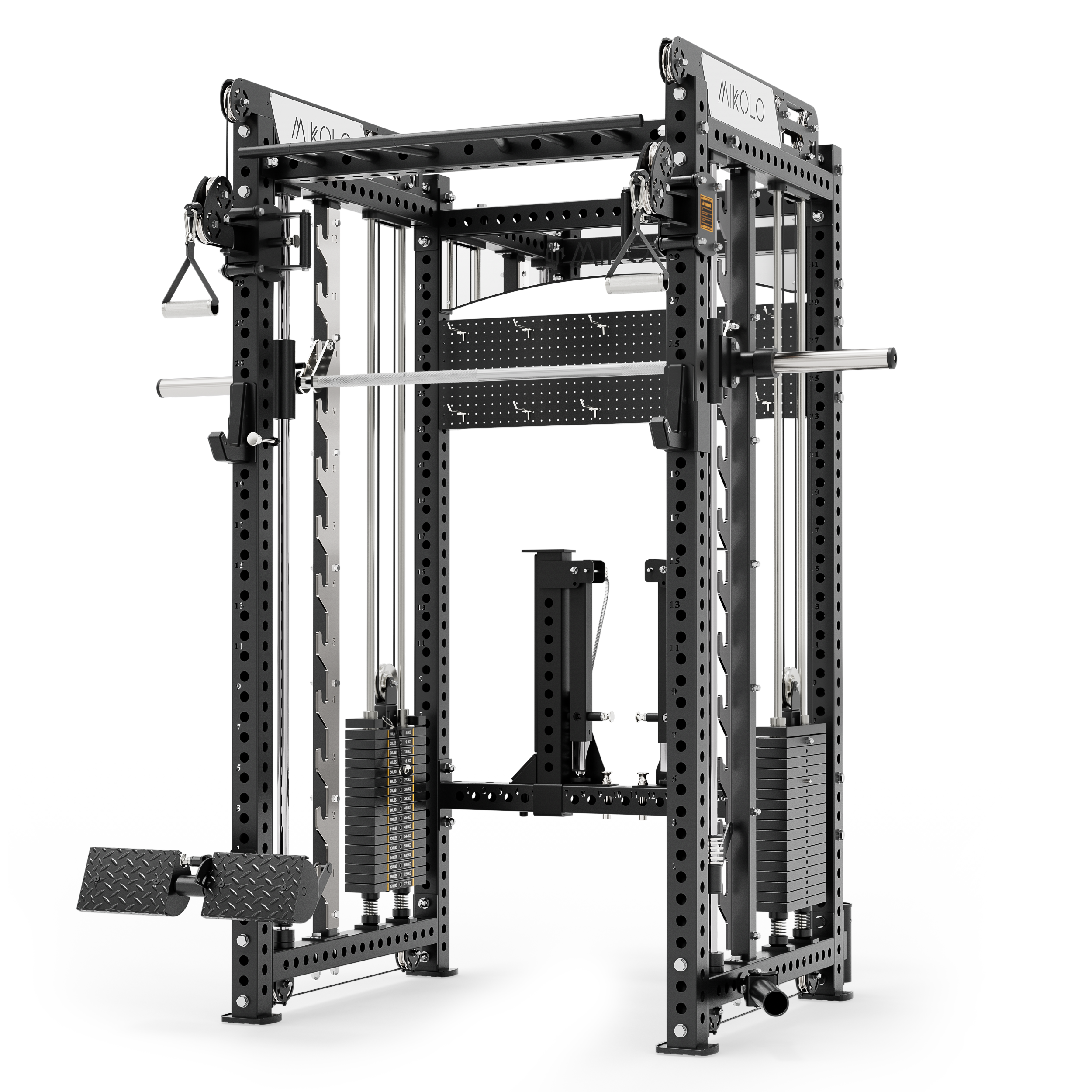
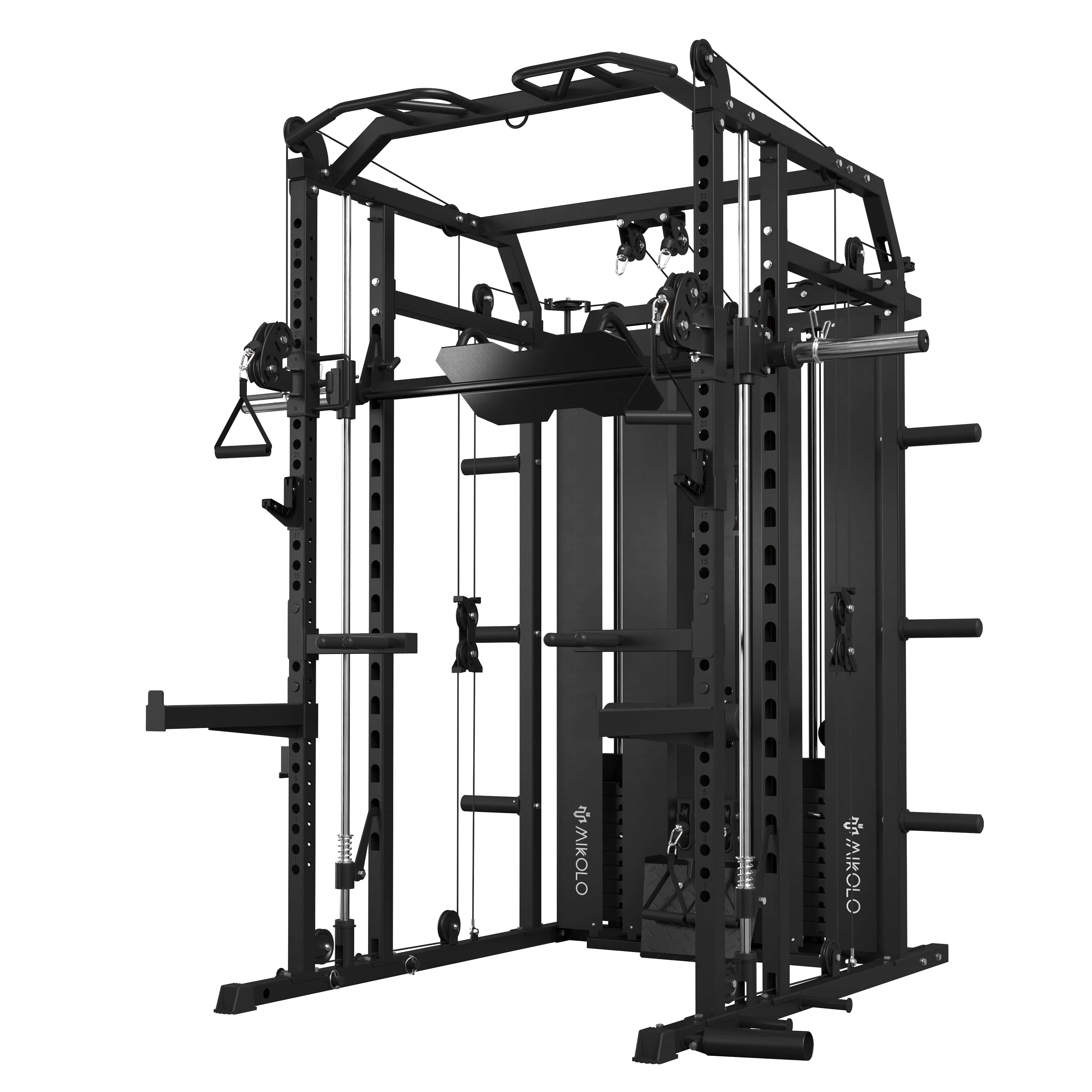
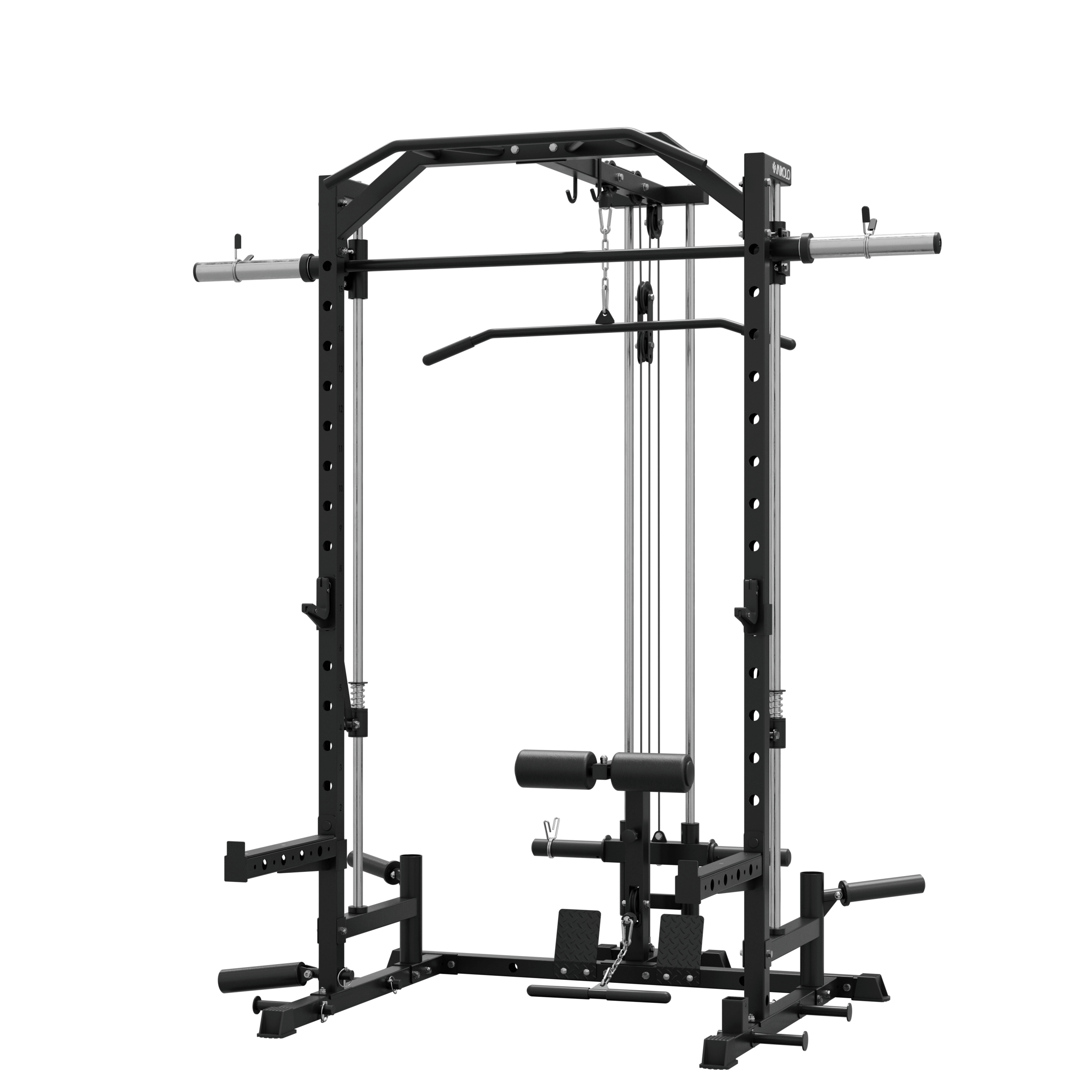
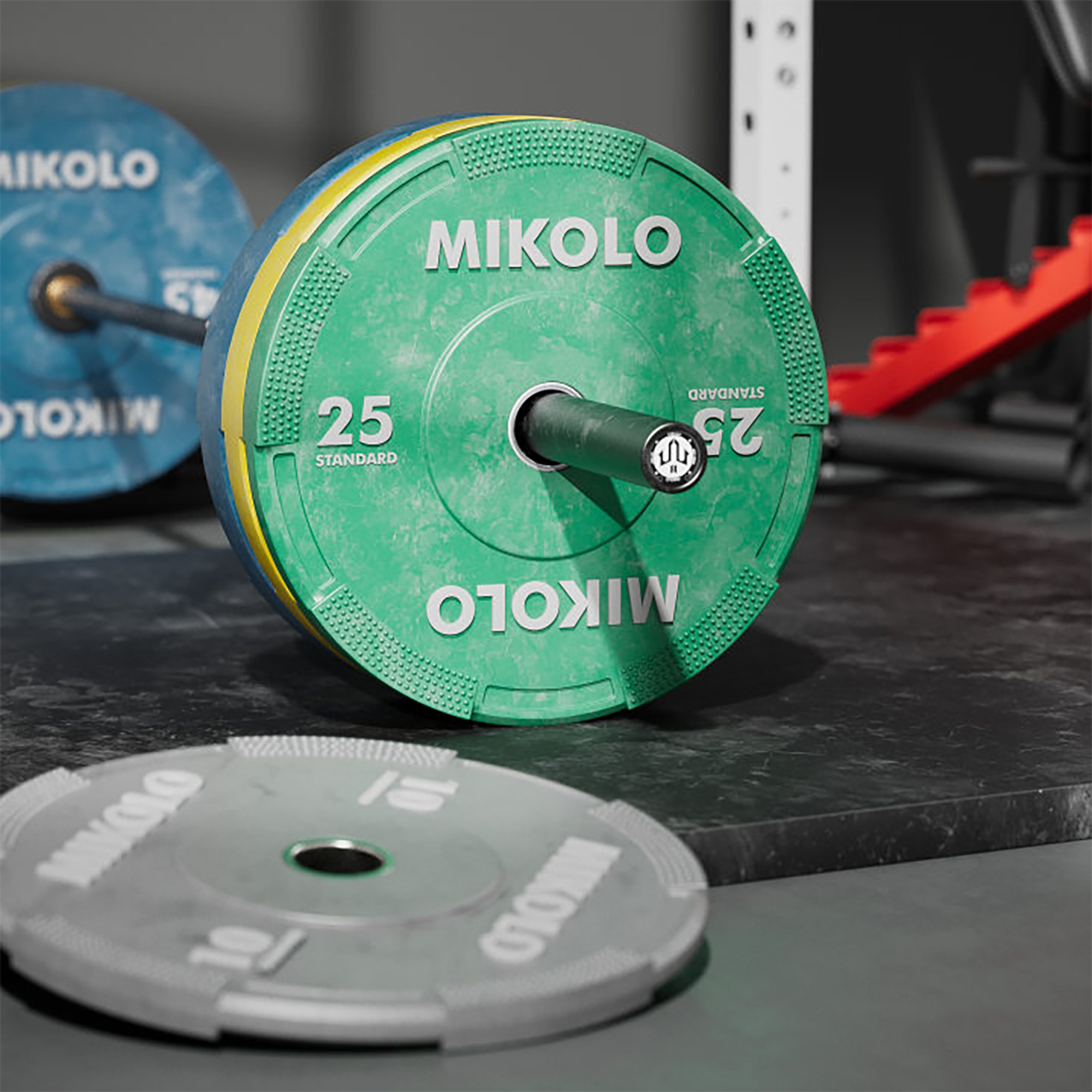






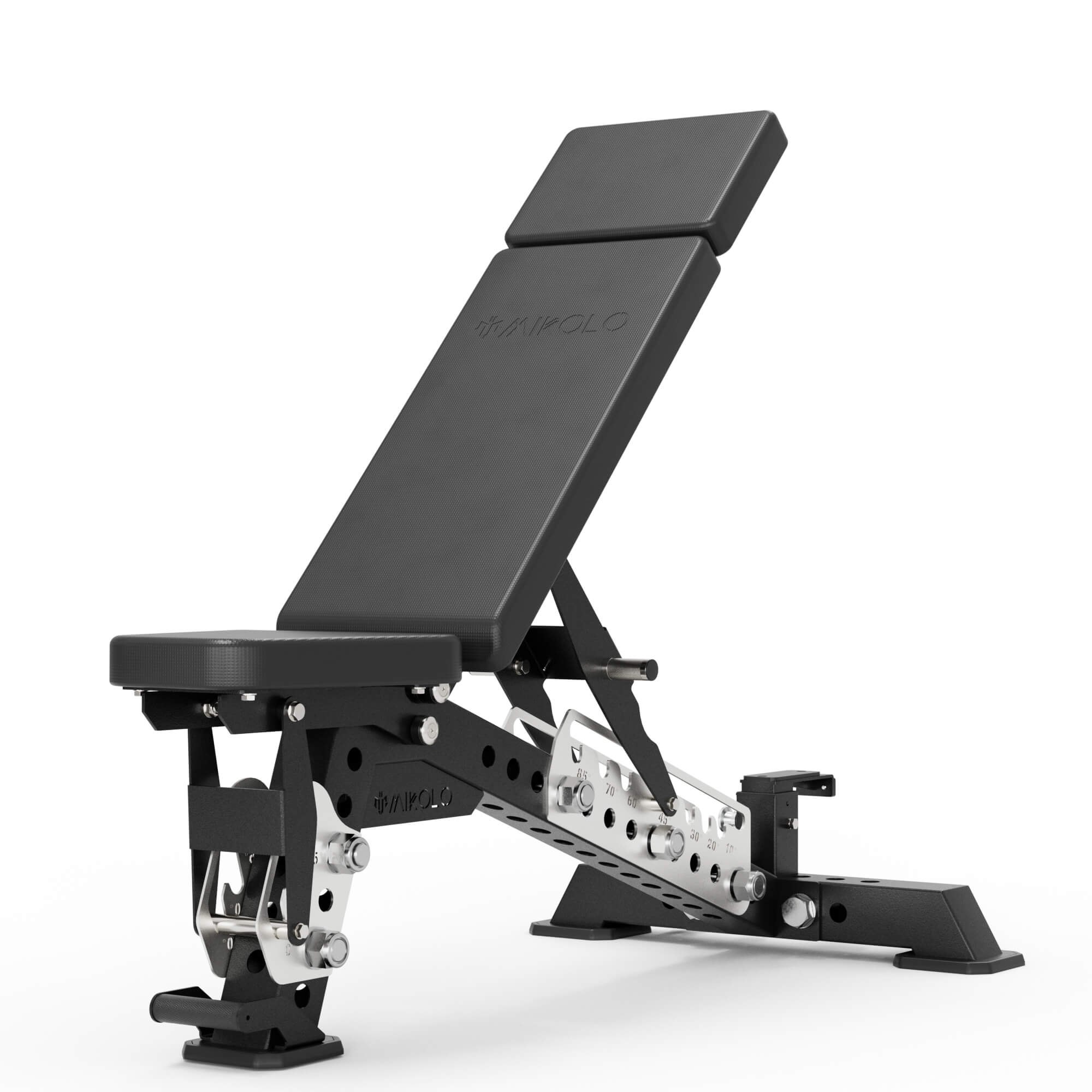
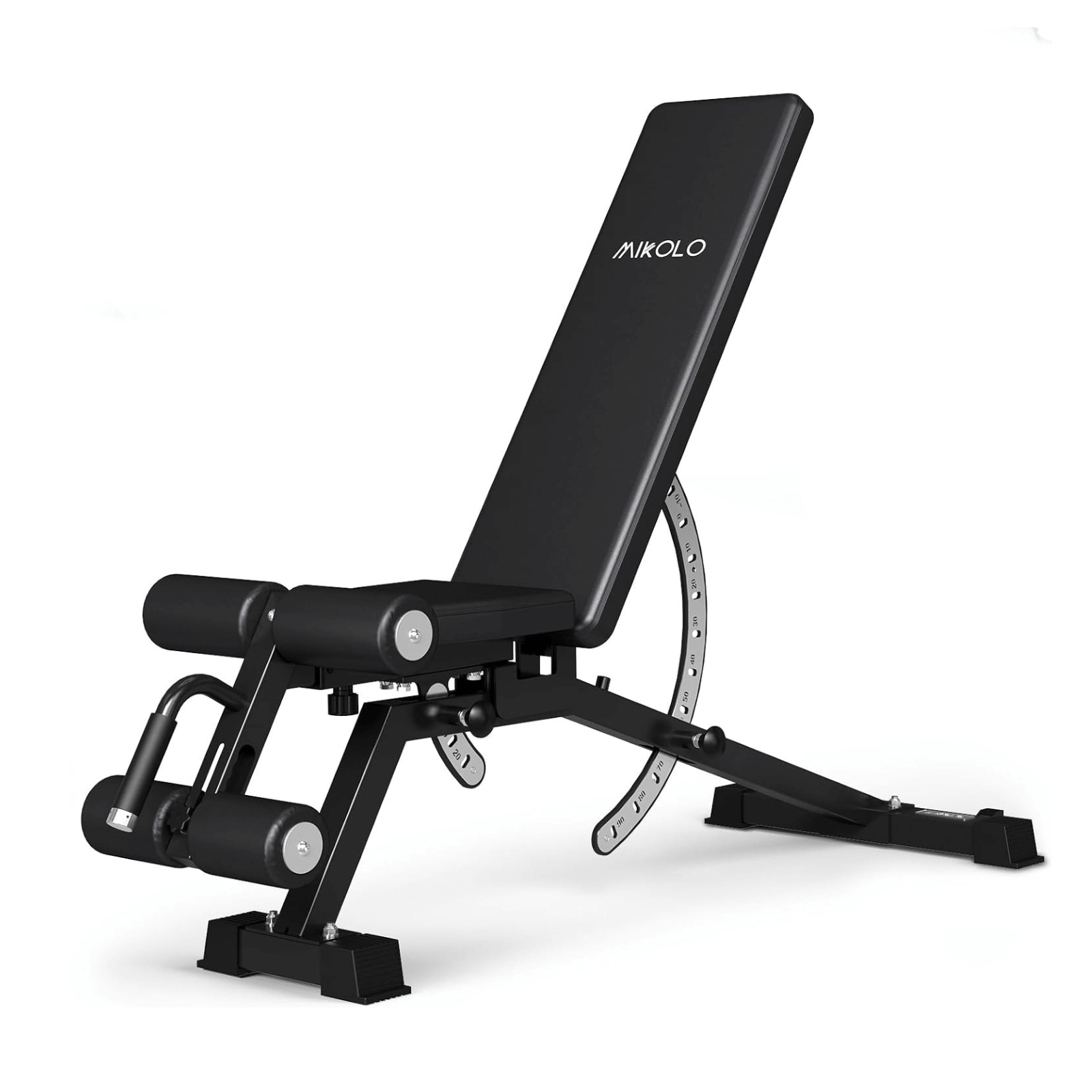




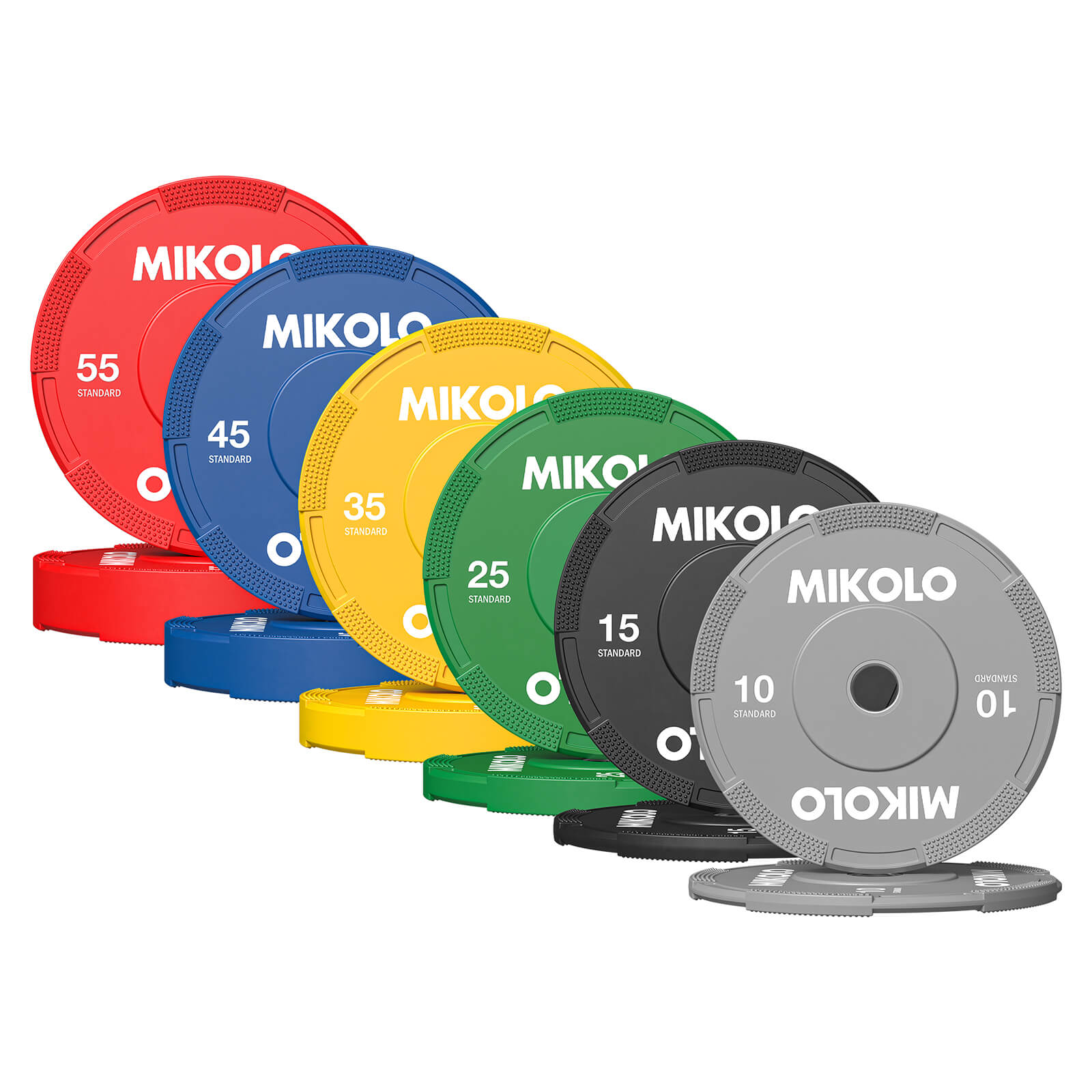
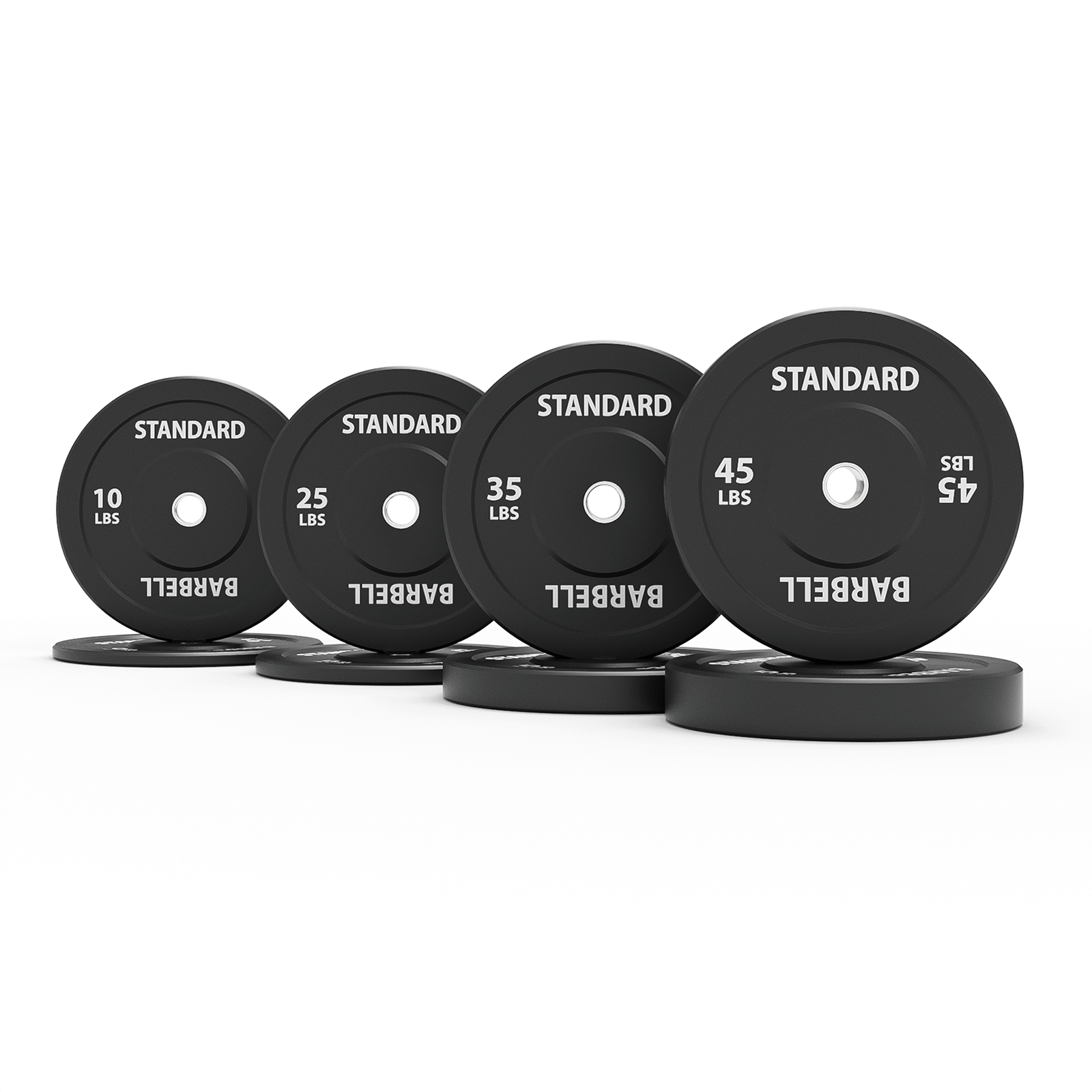
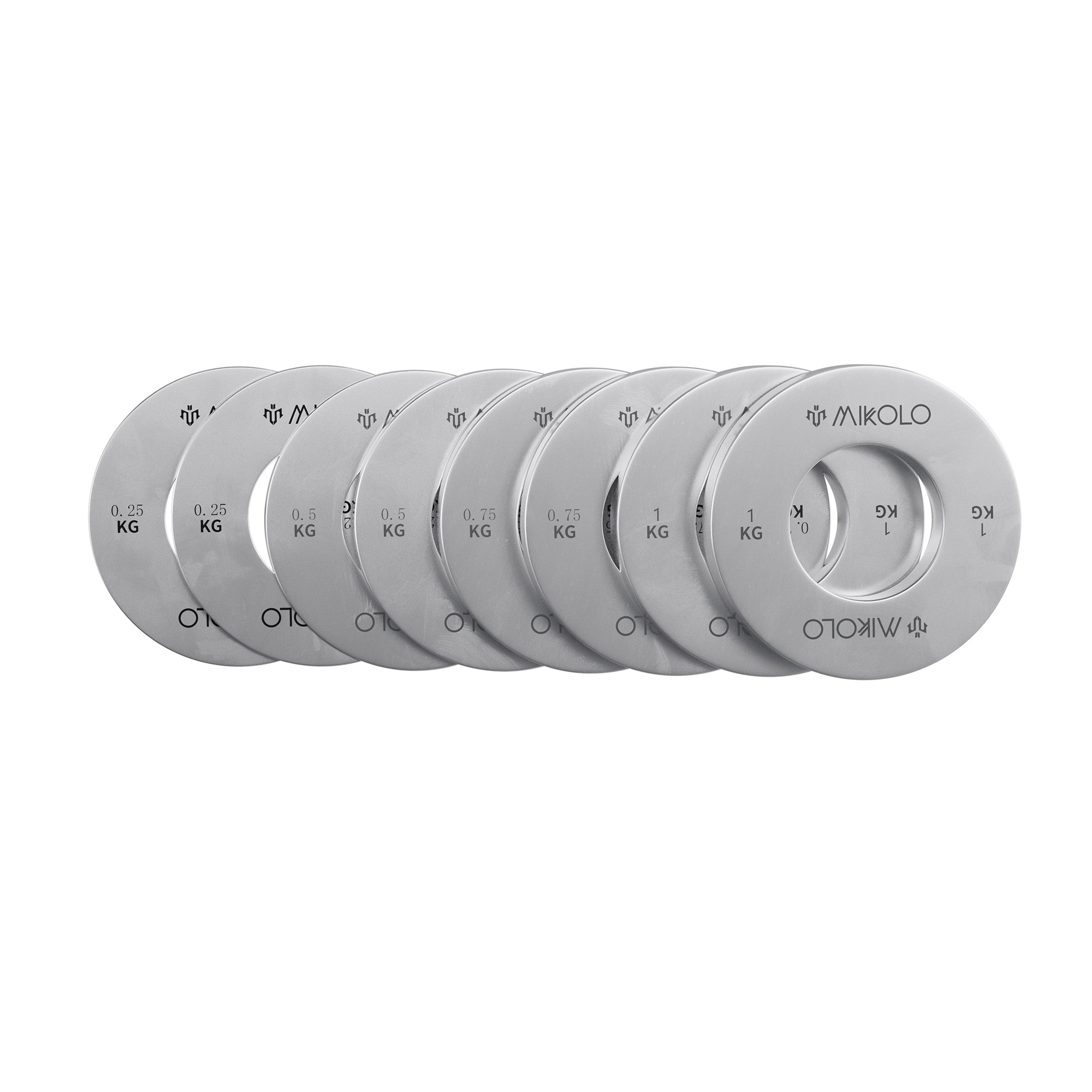
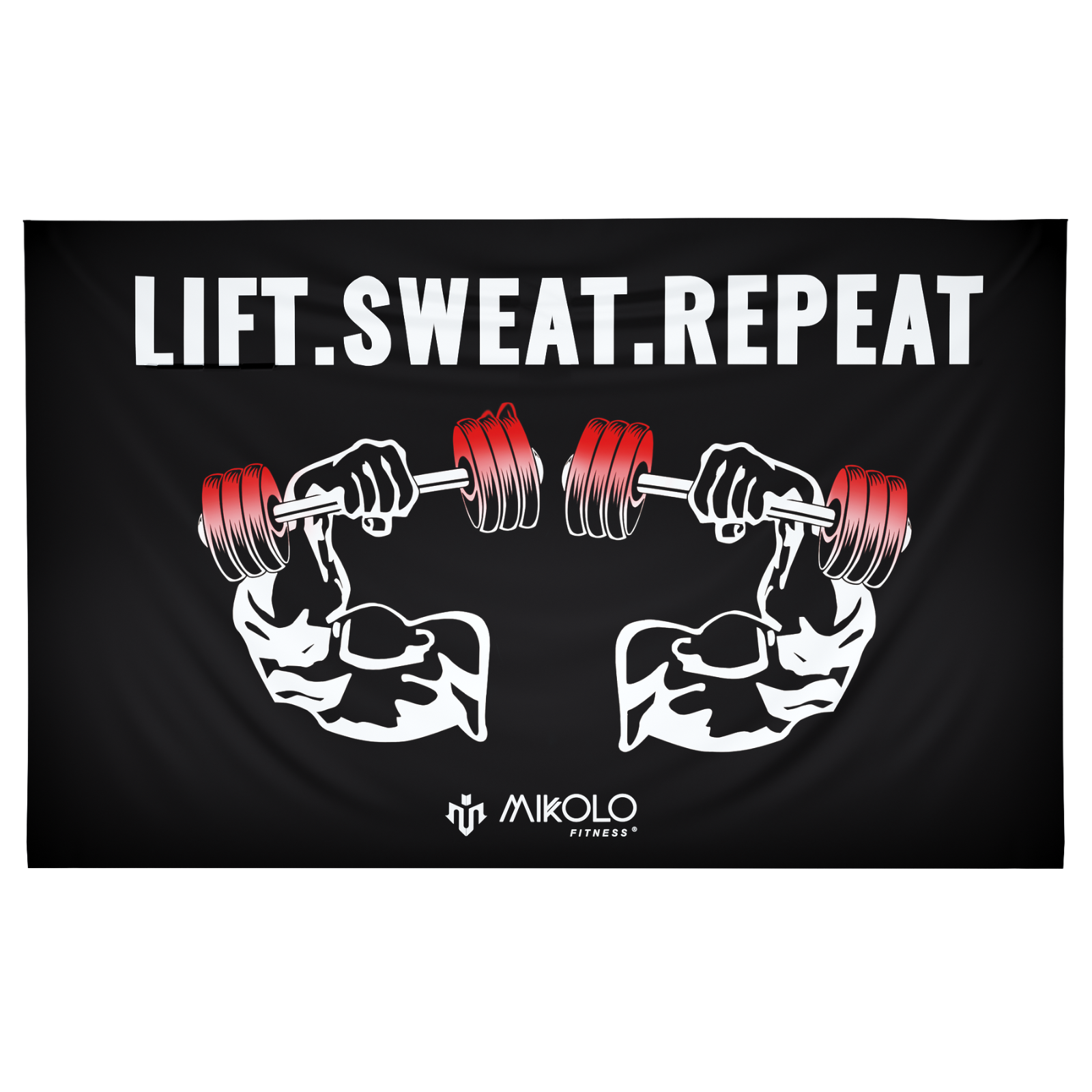
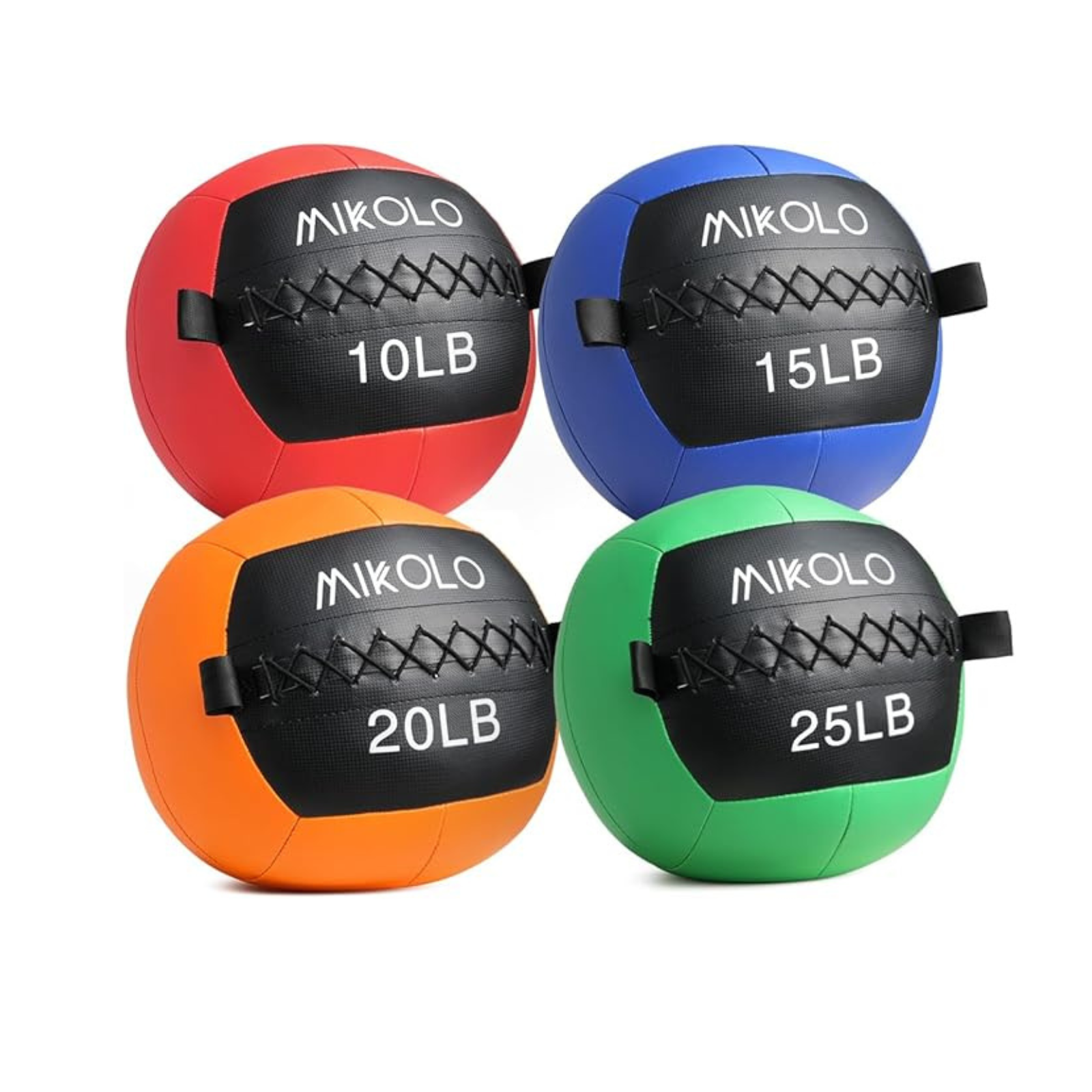
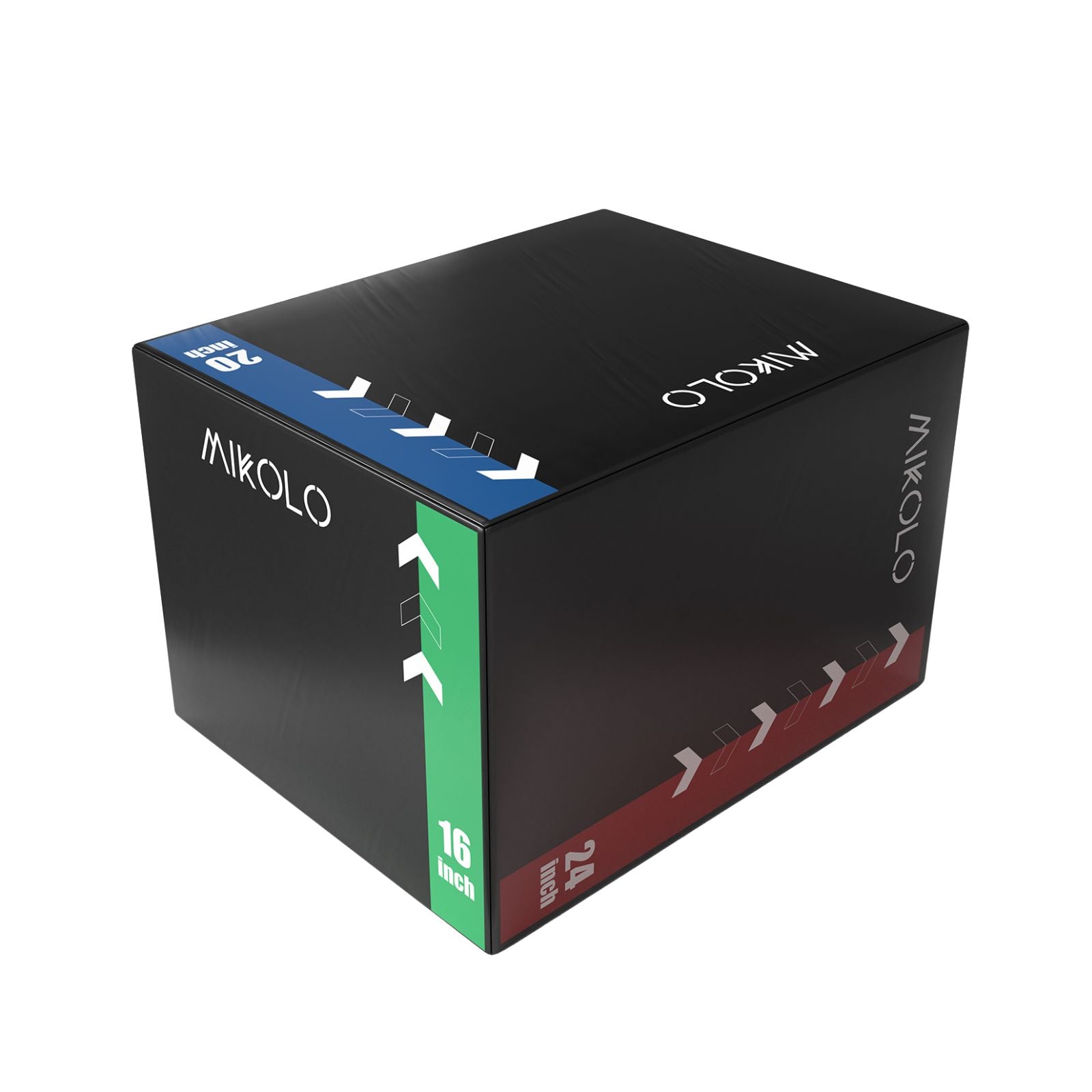

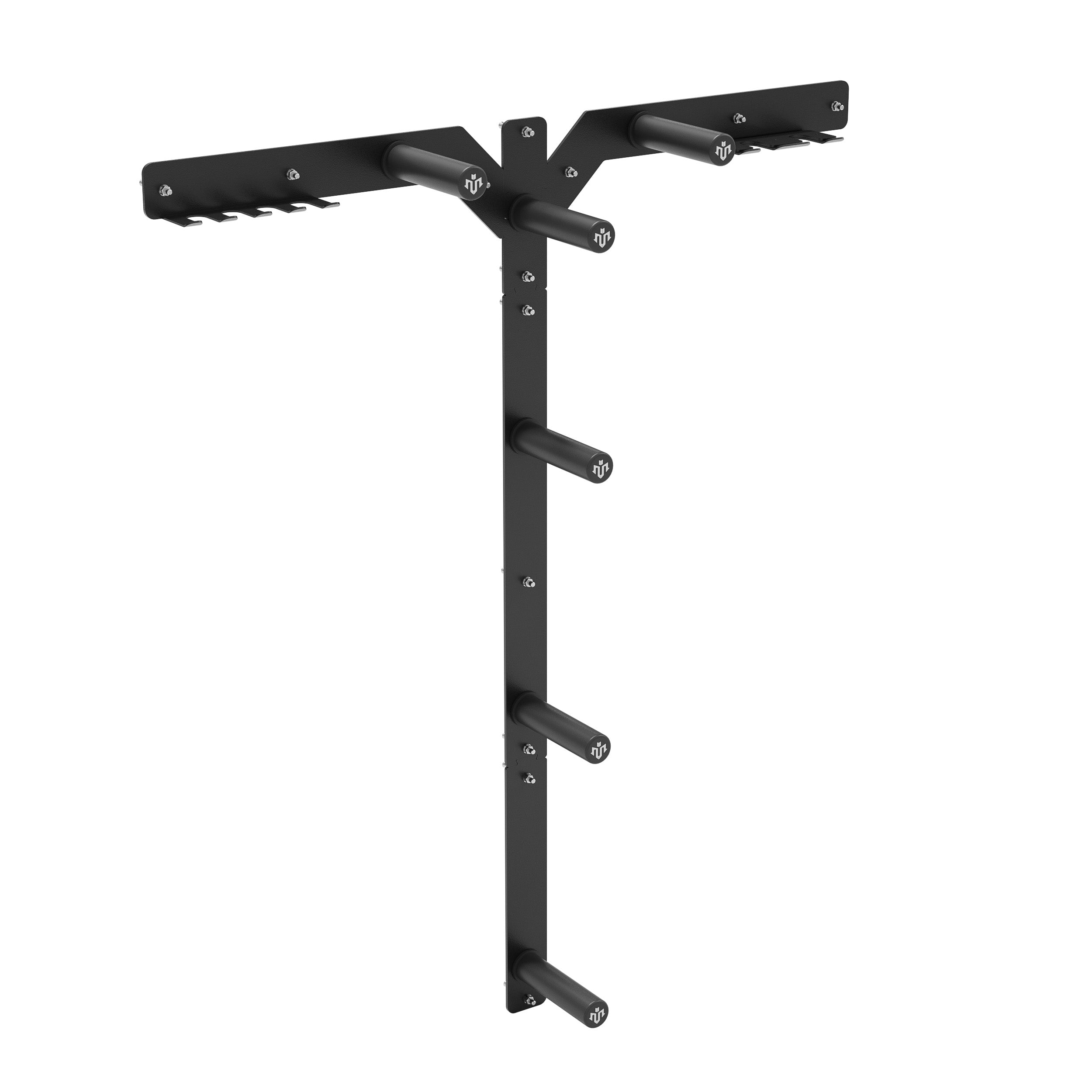




Leave a comment
This site is protected by hCaptcha and the hCaptcha Privacy Policy and Terms of Service apply.